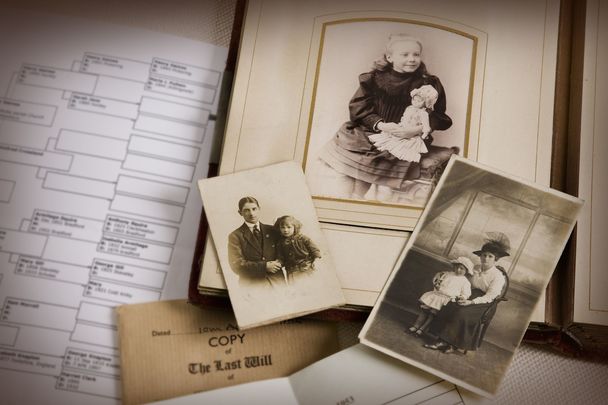A pre-Famine population census that was destroyed during the shelling of the Four Courts during the Irish Civil War has been substantially recovered and is set to be digitized.
The 1766 religious census was a Church of Ireland initiative to gauge how many people in Ireland were Protestant and how many people belonged to other faiths, including the Catholic Church.
The House of Lords sanctioned the survey to determine which Irish people "are Protestants and which are Papists, also a list of the several reputed Popish priests and friars residing in their parishes".
Only 7% of the census survived following the shelling of the Four Courts in 1922, but more than half of the records have now been recovered by Beyond 2022: Ireland's Virtual Record Treasury.
Ciaran Wallace, deputy director of the Beyond 2022 group, told the Irish Times that the group had been able to recover more than half of the census by using records stored elsewhere, including the Public Records Office in Northern Ireland and the Church of Ireland archives in Dublin.
Speaking at University College Cork, Wallace stressed that the census only ever covered about 80% of the country because the records were uneven.
However, he said it represents the most comprehensive pre-Famine survey in Ireland, especially given that the offical 1821, 1831, 1841, and 1851 censuses were destroyed during the Four Courts shelling. The British Government subsequently destroyed all other 19th-century censuses.
"It gives you a sense of social relations in an area. In some cases the ministers wrote little comments such as ‘Catholic families will not give me information because they think the state will take their children," Wallace said at UCC.
"It is gratifying to see the map of original coverage and the map of re-coverage. Depending on the colour coding, you can see which were headcounts and which were named heads of households."

Love Irish history? Share your favorite stories with other history buffs in the IrishCentral History Facebook group.
Beyond 2022 is part a Decade of Centenaries initiative and will officially be launched on June 27 and will additionally include records dating back to the 13th century.
The Medieval Treasury Records for Ireland show taxes paid to the British Crown between the 13th and 15th century and will give a comprehensive picture of economic activity in Ireland 700 years ago. The records are currently being translated from Latin to English and are also set to be digitized.
The Cromwellian land survey is also set to be digitized, showing who owned land before Cromwell took over and regranted land to English settlers.
The land survey will be combined with the Down Survey from the same period, which measured all townlands that were forfeited to English soldiers and adventurers.
Zoe Reid, a senior conservator at the National Archives of Ireland, said she hoped the new virtual collection would interest the general population in addition to historians, stating that the records are easy to understand.
"What has been produced is very definitely something that the public will want to interact with it. The potential is huge. It will be all about how the public will use it,” she said. “It is not intimidating. Nobody has to be a medieval scholar to understand it," Reid told the Irish Times.




Comments